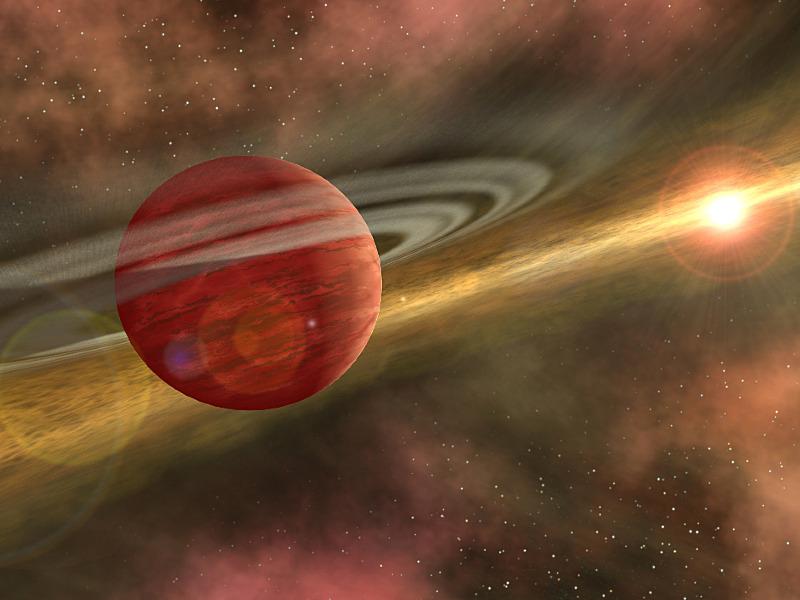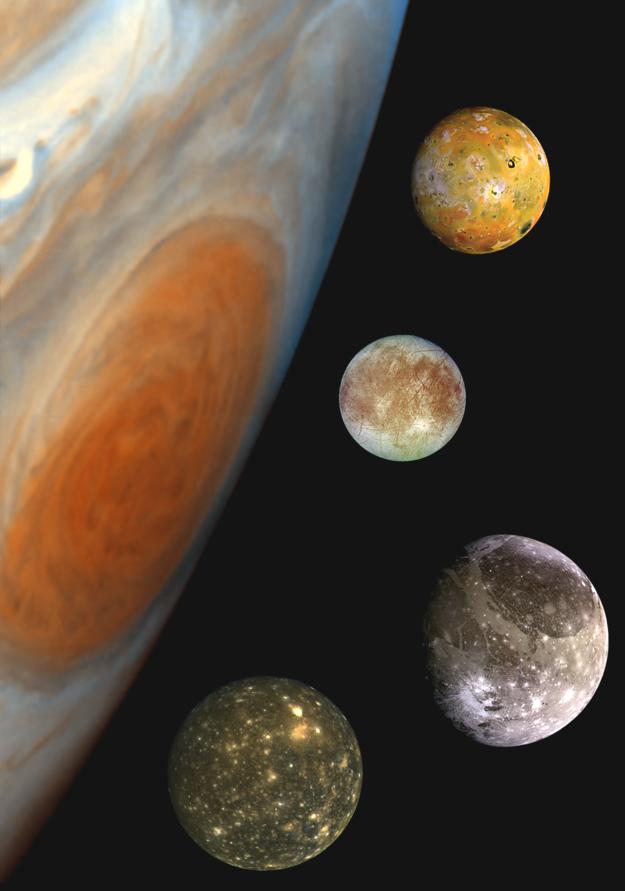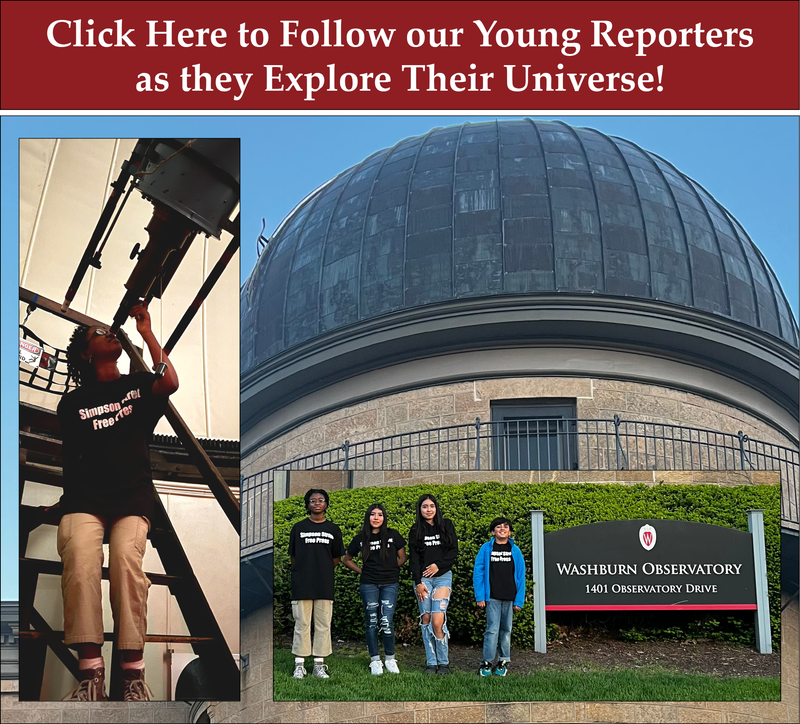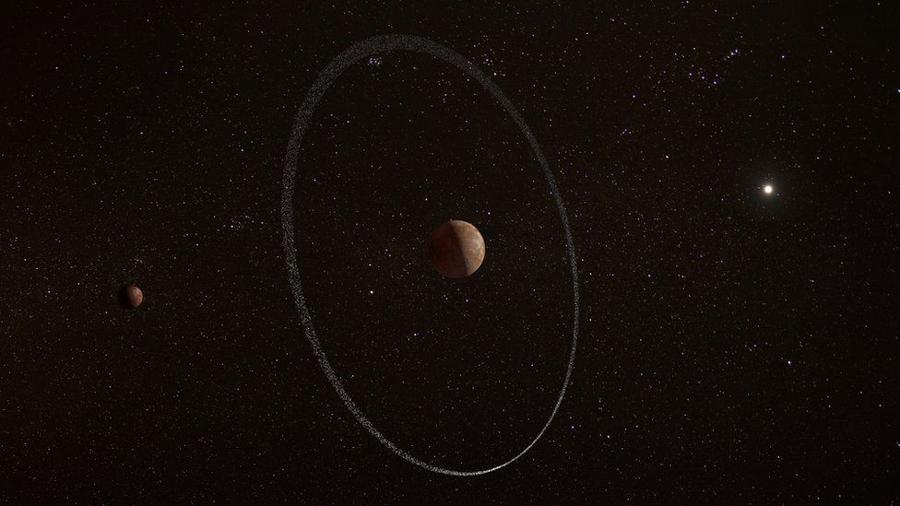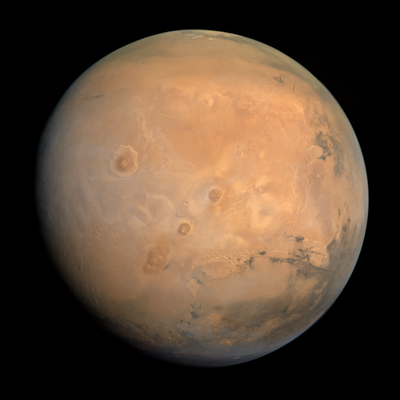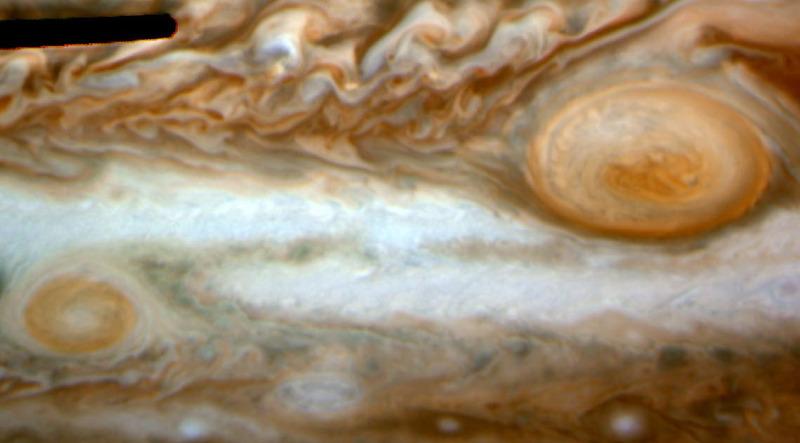Investigating the Mysterious Snow on Saturn's Moon
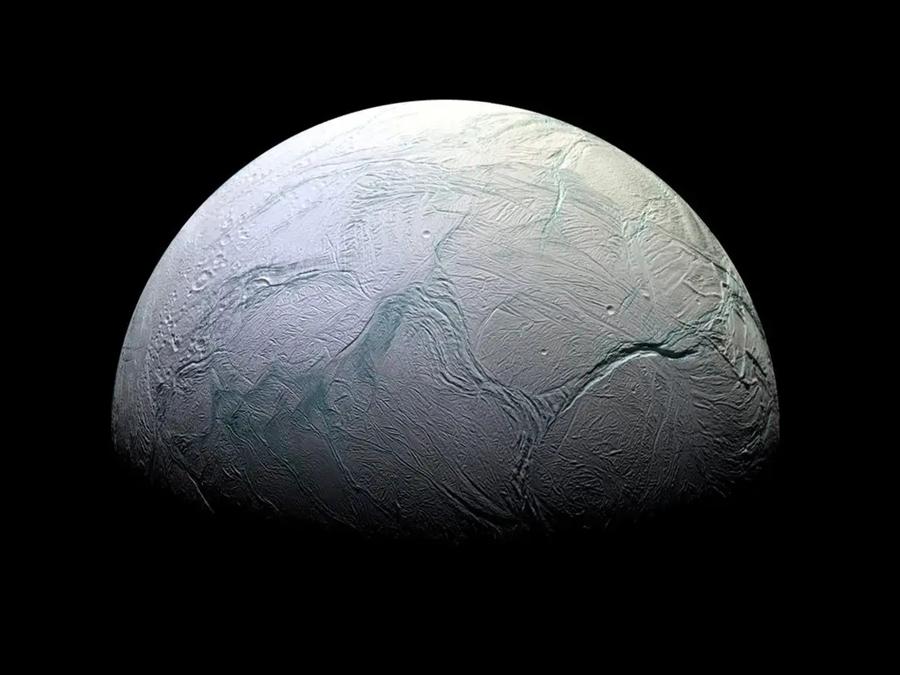
by Amelia Pearson, age 13
The snow on Saturn’s moon, Enceladus, can bury almost any skyscraper on Earth. Scientists would like to find out why.
The snow’s depth on Enceladus shows that its water vapor could have been more active in the past. Geysers on the moon allow for water from a salty ocean under an icy shell to rise to the surface of Enceladus. Some of this water contributes to forming one of Saturn’s rings. According to the researchers, the rest of this water seems to land back on the ground in the form of snow. Scientists believe that if they could fully understand the snow's properties, it could help uncover Enceladus’ history.
For scientists to fully understand the properties of the snow on Enceladus, they looked into Iceland. In Iceland, there are marks in the ground made from loose rocks, ice, or snow called pit chains. Scientists discovered they are very similar to features on Enceladus. [Read More]

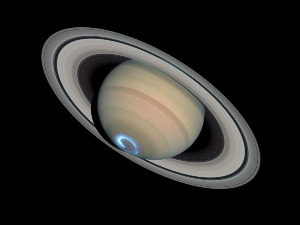
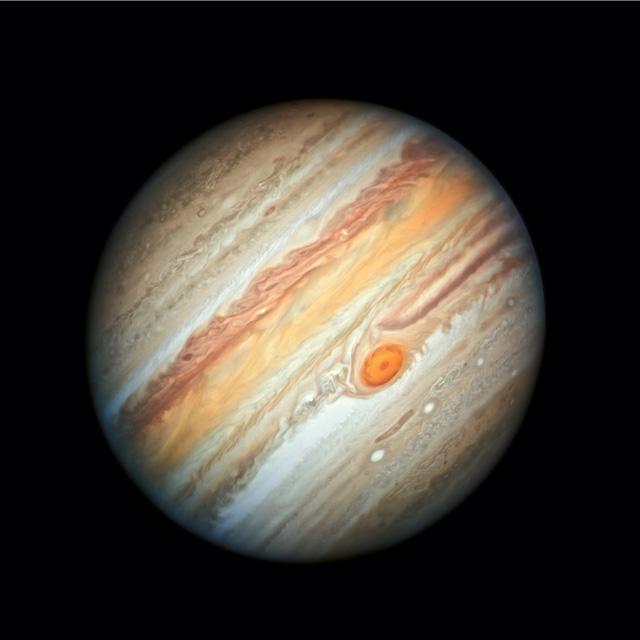

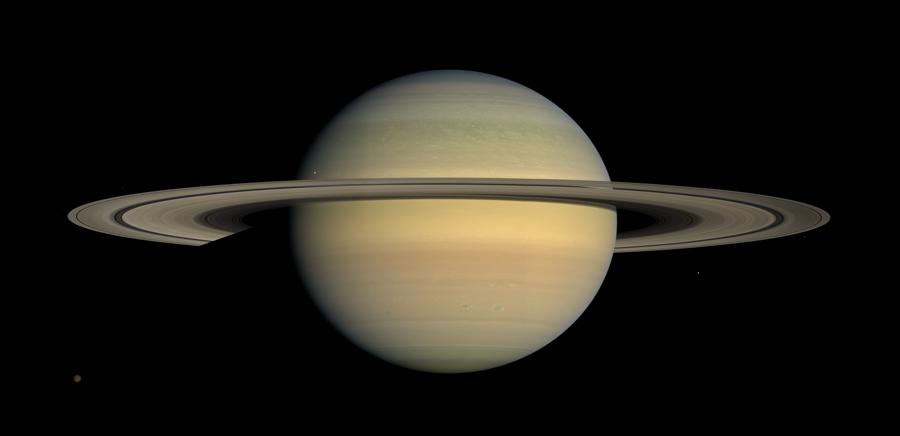
.jpg)
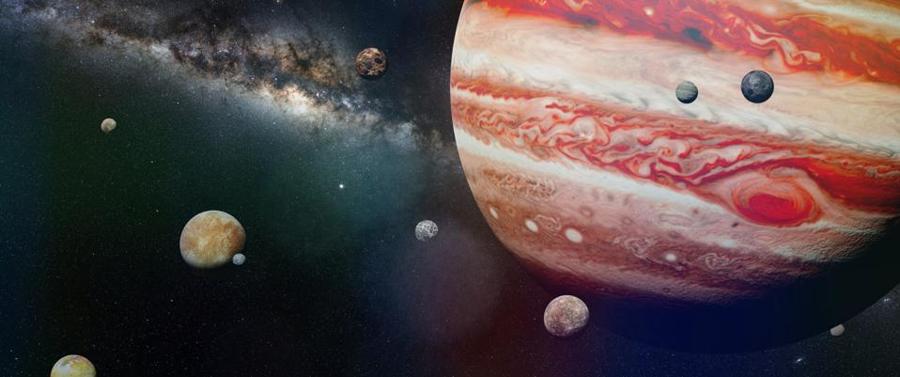
_flatten_crop.jpg)
